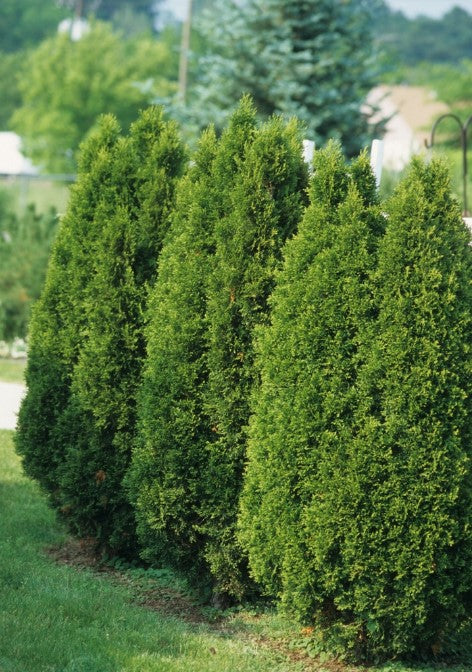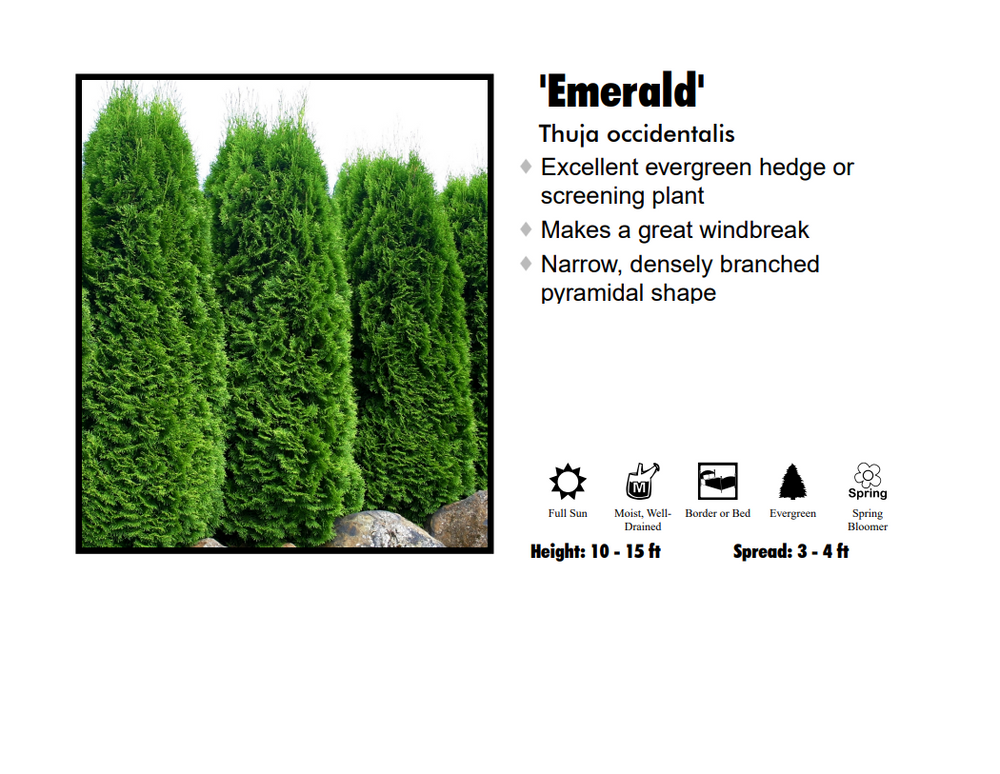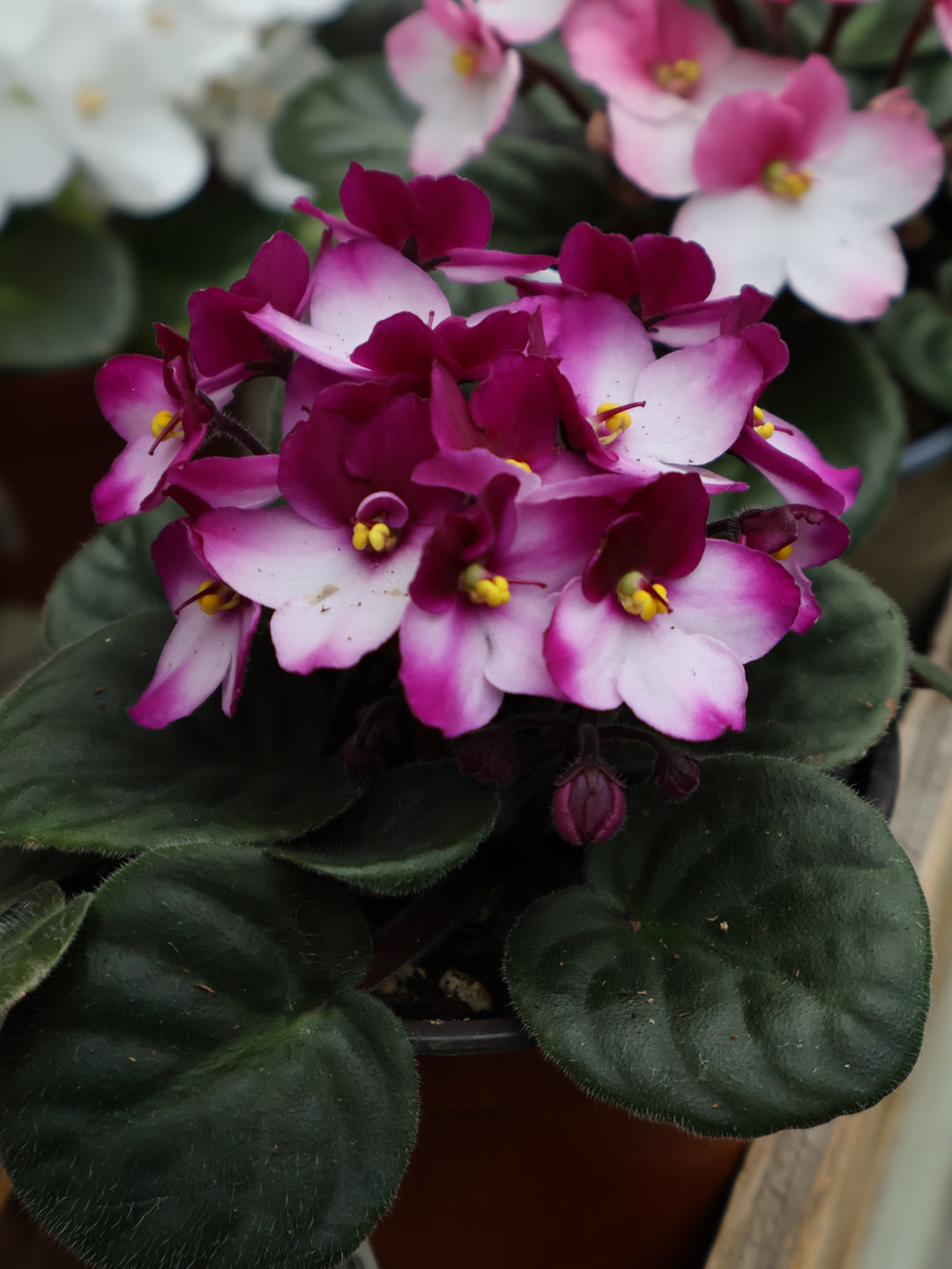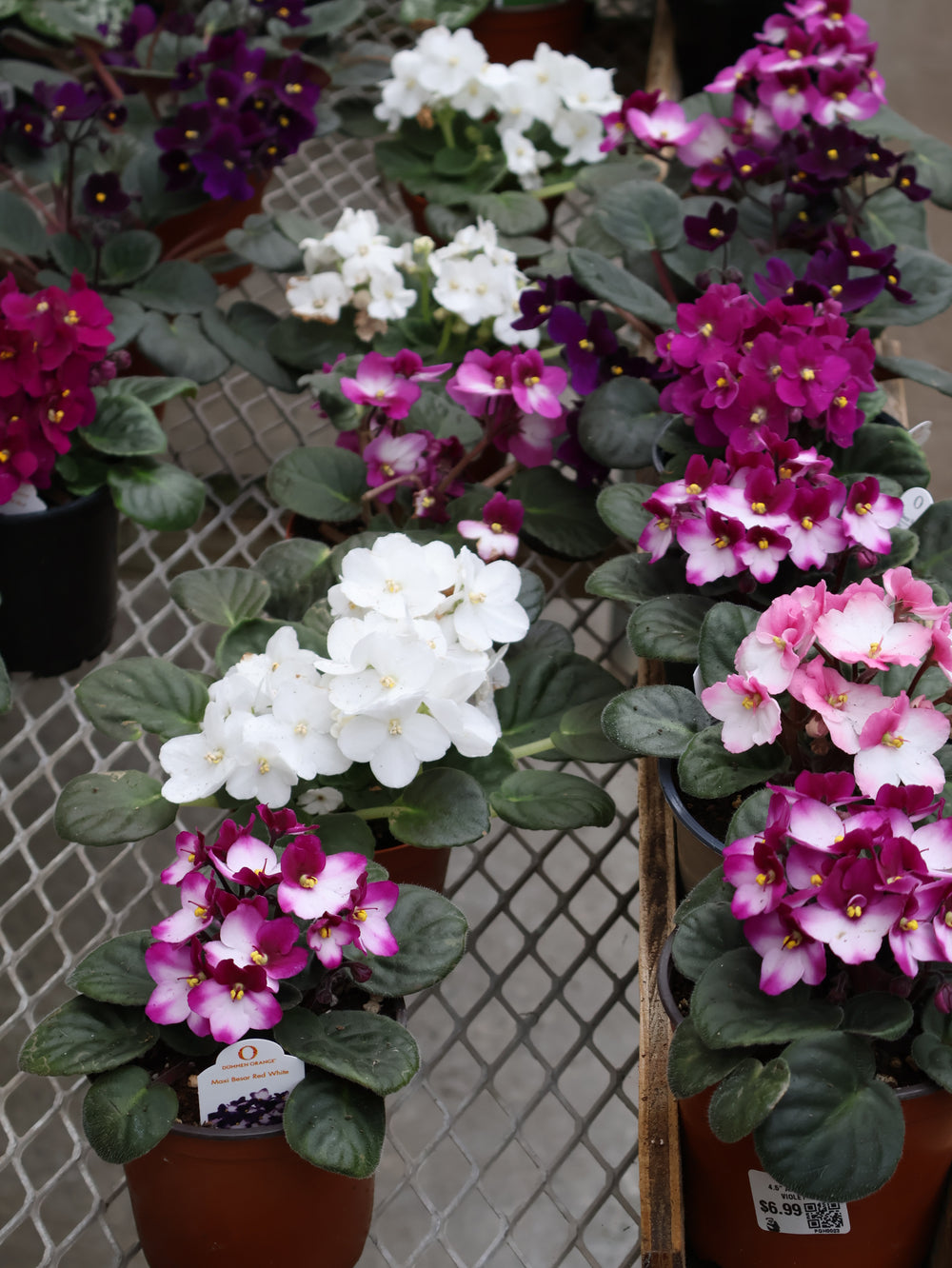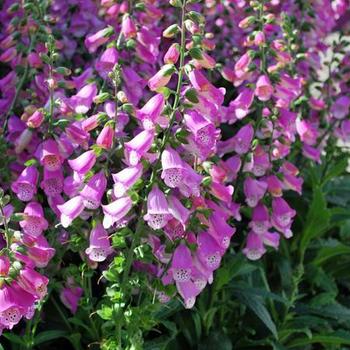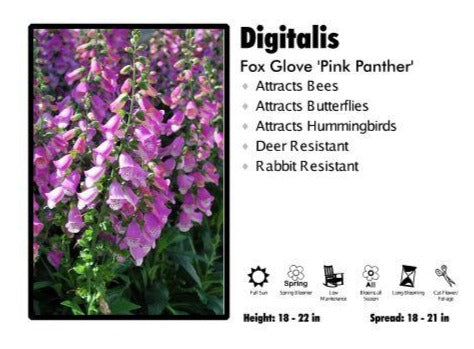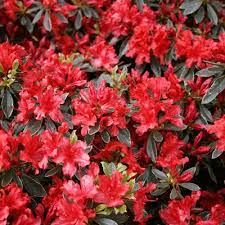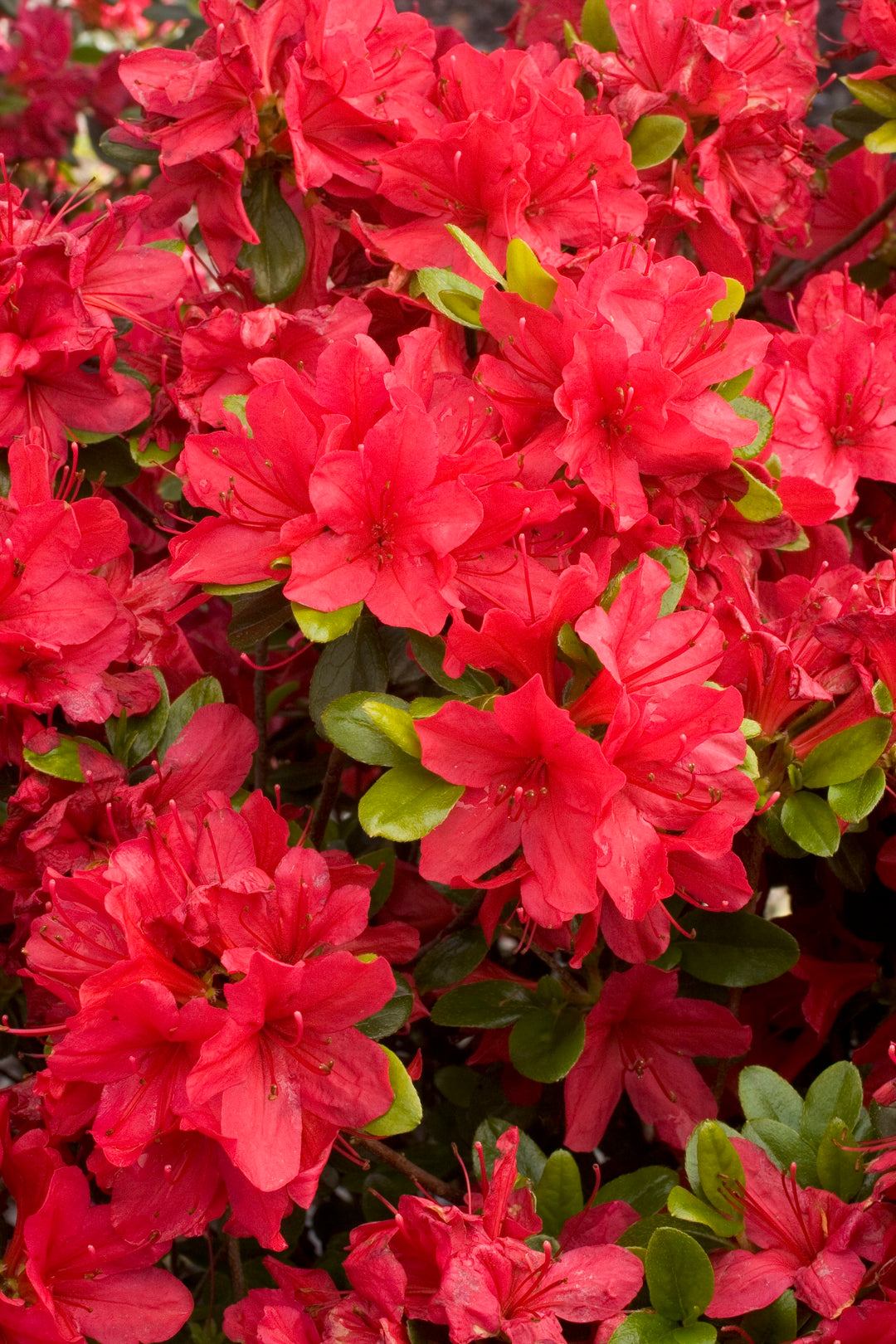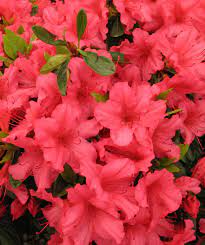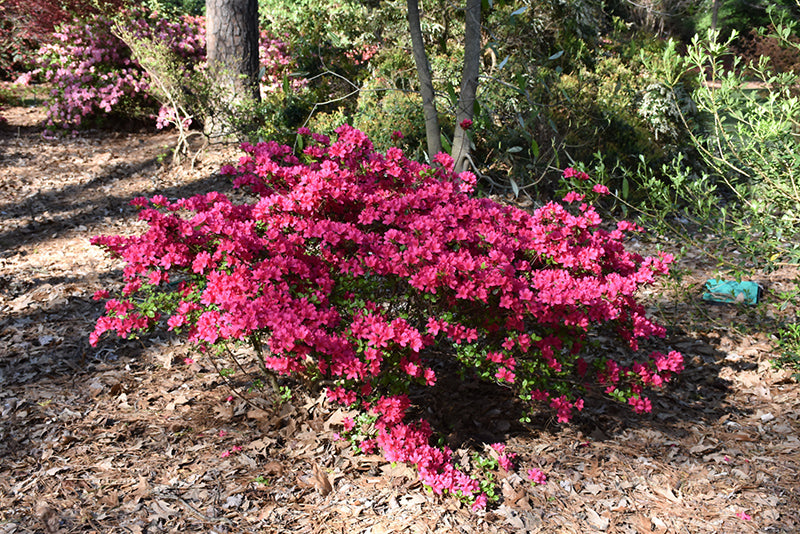
Azalea - Girard Fuschia
Culture
Best grown in acidic, organically rich, humusy, medium moisture, moisture-retentive but well-drained soils in part shade. Prefers a sun dappled or high open shade. Morning sun with afternoon shade is also acceptable. Tolerates a fair amount of sun in cool northern summers, but leaves may scorch in hot afternoon sun in the St. Louis area. Plant in a location protected from strong winds. Plants perform well on north or east facing slopes. Do not site plants within or near the drip line of trees in the walnut family (most rhododendrons/azaleas are sensitive to toxic juglones produced by roots of walnuts, butternuts, pecans and hickories). Good soil drainage is essential (plants do not like “wet feet”). Poor drainage inevitably leads to root rot, therefore raised beds/plantings should be considered in heavy clay soils such as those present in much of the St. Louis area. Shallow, fibrous root systems (do not cultivate around plants) will benefit greatly from a mulch (e.g., wood chips, bark or pine needles) to help retain moisture and stabilize soil temperatures. Roots must never be allowed to dry out. Acidify soils as needed (plants generally like soil pH in the range of 5.0 to 5.5). Add sulfur or iron sulfate to soils to lower the pH. Add limestone or lime to soils to raise the pH. Clip off spent flower clusters immediately after bloom as practicable.
Noteworthy Characteristics
Rhododendron is a genus of 500 to 900 species and includes both of what we commonly call rhododendrons and azaleas. Most are evergreen but some are deciduous. They originate mostly from the Northern Hemisphere with high concentrations in western China, the Himalayas and Myanmar (Burma). They are grown for their showy spring flowers and in the case of evergreen types for their attractive winter foliage. True rhododendrons have 10 stamens in a flower and azaleas have only 5. Much hybridization has resulted in a great number of hybrid cultivars. Of note to gardeners in cool temperate areas are the large and small leaved evergreen rhododendrons and the evergreen and deciduous azaleas.
Evergreen azaleas develop as multi-stemmed plants from the ground and usually grow 3-5 feet tall. They retain their leaves throughout the year and are not as winter hardy as the deciduous azaleas. In cold winters flower buds may be frozen resulting in reduced or no flowering and foliage may winter burn (turn brown and be killed). Color range is mostly from white to pink, red, lavender and purple.
- Low stock - 1 item left
- Please Wait for Ready for Pickup Notification after Placing an Order. Thank you!



